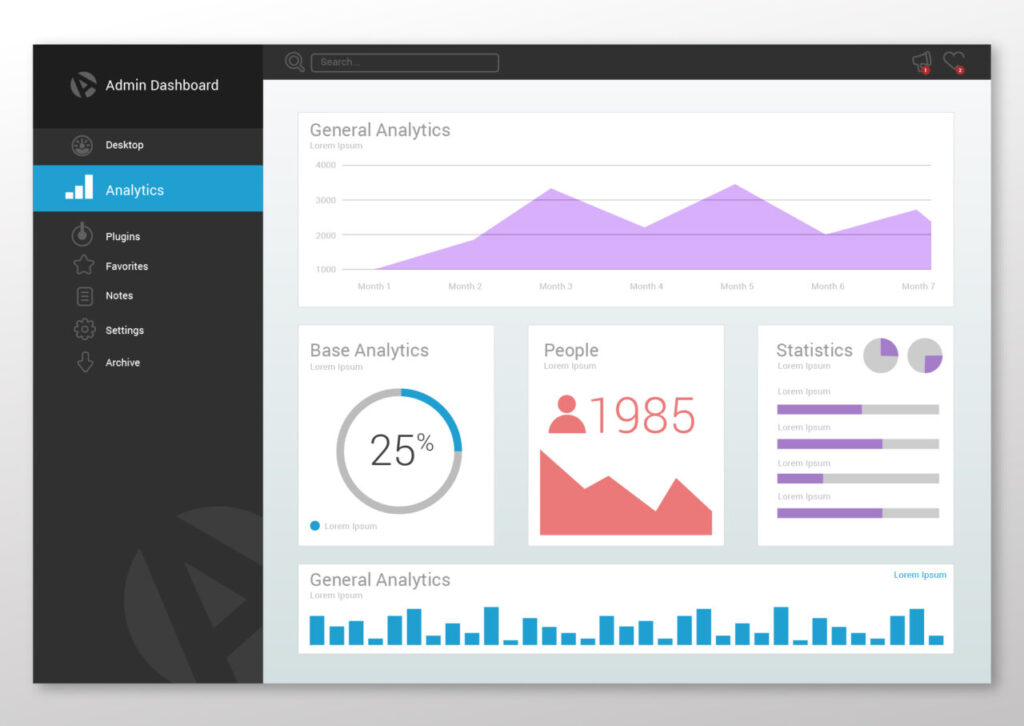Introduction
Optimizing your website for search engines is essential to attract organic traffic and grow your brand online. By following proven SEO practices, you can improve your visibility, drive qualified leads, and stay ahead of the competition.
1. Conduct Thorough Keyword Research
Start by identifying the terms your audience uses to find products or services like yours. Use tools such as Google Keyword Planner or Ahrefs to uncover high-volume, low-competition keywords. Integrate these keywords naturally into your page titles, headings, and body content.
2. Optimize Title Tags & Meta Descriptions
Craft unique, keyword-rich title tags (under 60 characters) and compelling meta descriptions (under 160 characters) for each page. These elements influence click-through rates on search results pages and help search engines understand your content’s focus.
3. Create High-Quality, Relevant Content
Publish well-researched articles, guides, and blog posts that address your audience’s needs and questions. Aim for depth and originality—longer content (1,000+ words) often ranks better, but only if it remains engaging and valuable.
4. Improve Site Speed
A fast-loading website enhances user experience and is favored by search engines. Compress images, leverage browser caching, and minimize JavaScript. Consider using a Content Delivery Network (CDN) to serve assets more quickly.
5. Ensure Mobile-Friendliness
With the majority of searches now on mobile devices, a responsive design is non-negotiable. Test your site with Google’s Mobile-Friendly Test and fix any issues related to viewport settings or touch-element spacing.
6. Use Clean, Descriptive URLs
Structure your URLs to be concise and include your primary keyword. For example:
yourdomain.com/seo-tips rather than yourdomain.com/?p=1234. This clarity makes it easier for both users and search engines to understand your pages.
7. Leverage Header Tags Hierarchically
Organize content with H1 for your main title, H2 for major sections, and H3 for subsections. Proper header structure improves readability and signals content hierarchy to crawlers.
8. Optimize Images & Media
Compress images to reduce file size without sacrificing quality, and include descriptive alt text that incorporates relevant keywords.

9. Build Quality Backlinks
Earn links from authoritative, industry-relevant websites through guest posts, partnerships, and high-value content. Focus on quality over quantity—one link from a reputable source can outweigh dozens of low-quality ones.
10. Monitor, Test & Refine
Use tools like Google Analytics and Search Console to track your traffic, rankings, and user behavior. Regularly audit your site for broken links, duplicate content, and performance issues, then adjust your strategy based on real data.

Conclusion
Implementing these ten SEO tips will set a strong foundation for your site’s visibility and growth. Remember, SEO is an ongoing process—stay informed on algorithm updates and continually refine your approach to keep your website performing at its best.
Resources & Further Reading
- Google Keyword Planner
- Ahrefs Blog: Keyword Research
- Google PageSpeed Insights
- Google Mobile-Friendly Test
- Moz: Beginner’s Guide to SEO
- SEMrush Academy
- Search Console Help Center
- Backlinko: Link Building Strategies

